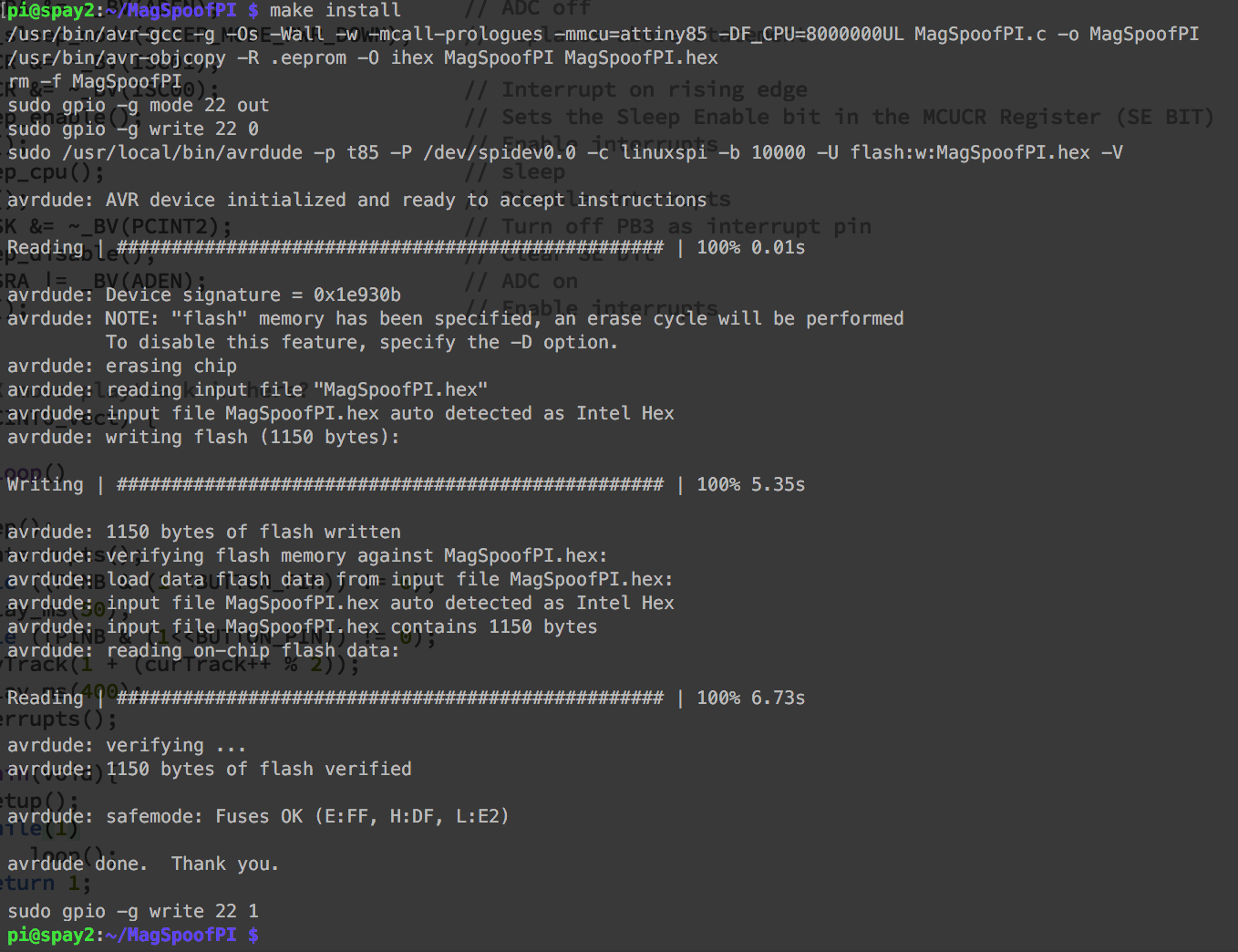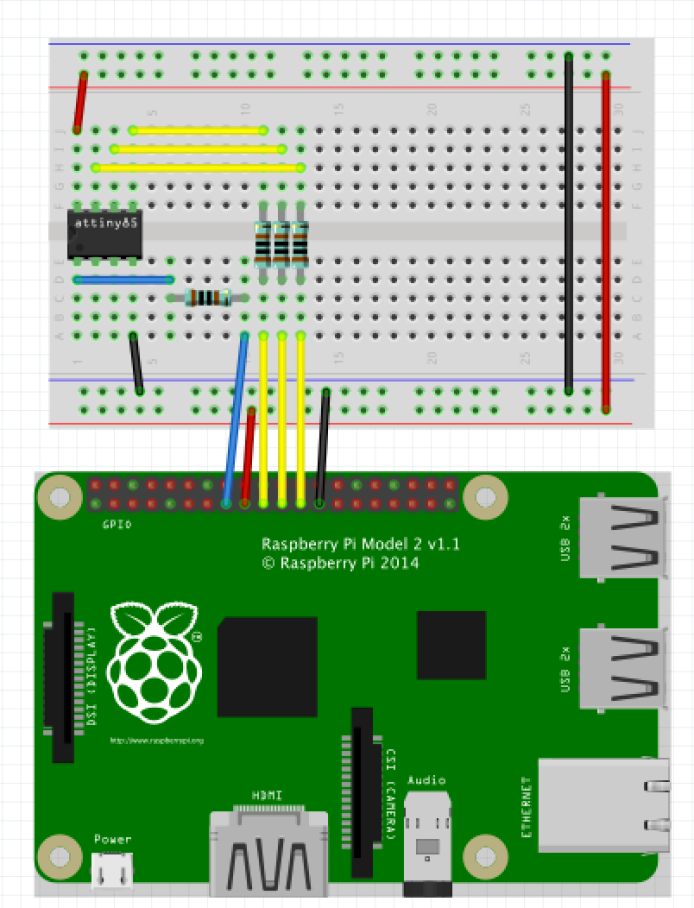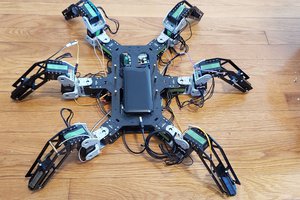The makefile and the modified MagSpoof library are in my github: https://github.com/salmg/MagSpoofPI
Specific details: https://salmg.net/2016/08/27/magspoofpi/
New video implementing this project against Samsung Pay tokenization flaw: https://youtu.be/zuDdb3XSupE
@Sabasacustico added the schematics for the project https://github.com/salmg/MagSpoofPI/tree/master/Schematic open hardware for all.
 Salvador Mendoza
Salvador Mendoza


 After this, you can find the instructions to install the MagSpoofPI library in the github repository.
After this, you can find the instructions to install the MagSpoofPI library in the github repository.

 Uchiwuwu
Uchiwuwu
 Mihails Delmans
Mihails Delmans
 Ben Strahan
Ben Strahan
 Jerry Isdale
Jerry Isdale
need a magspoof built how much